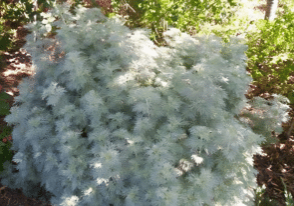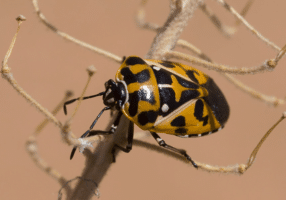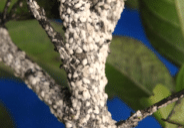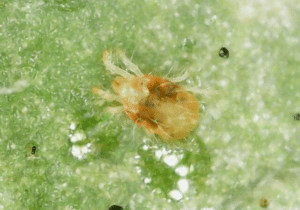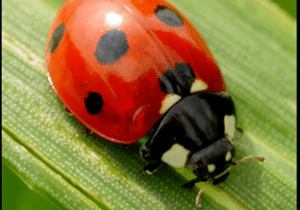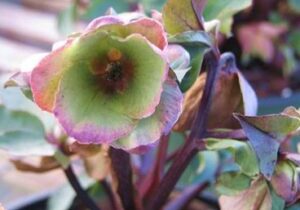by Maggie Ambrosino
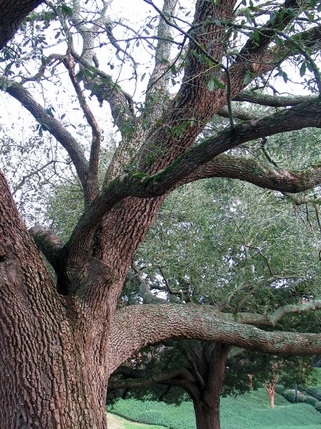
There are various techniques certified arborists employ especially when working on larger, more mature trees. Let’s start with the process of deadwooding.
Deadwooding, by its very name, implies the removal of dead limbs. This technique targets the removal of dead, dying, weakened, or diseased branches or undesirable branching patterns (i.e., limbs that cross or rub) and other defects or concerns within the crown.
Every tree has dead wood—at some time, to some degree—which it will attempt to shed with the help of nature. In most situations, lesser amounts of smaller dead branches are insignificant and can be sloughed off easily by trees. But larger wood tends to hang around and affect tree health, particularly on hardwoods, inviting agents of decay and loss of vigor. Trees benefit from the removal of larger dead tissue. Here is why.
Without the help of deadwooding, larger dead limbs would remain attached to the trunk, sometimes for years, which a tree can neither readily drop on its own or completely cover. A tree will continue to expend energy and resources to address various agents of decay in that dead and dying wood. Removing undesirable limbs allows a tree to successfully respond to the damage by sealing any decay that has spread into live tissue and would eventually cover that area with new bark. This also prevents the possibility of disease spread and dead tissue breaking even farther down into the trunk.
The removal of dead tissue and limbs frees up resources that the tree was using to protect itself and can now use the resources in some other beneficial way like greater root production. In trees - both large and small - where a lot of larger dead tissue exists, deadwooding can free up considerable resources, not to mention, make an area more enjoyable and safe from falling limbs.
Once trees mature, removing larger branches results in larger wounds. A large tree must grow in girth and cover over a wound with callous tissue in a timely manner. There are adverse consequences when wounding occurs and the process is slowed. If trees are pruned in late winter or early spring before the flush of new growth, callous wood is produced more rapidly (this coincides well with pruning). Otherwise, trees are slower to produce new wood leaving vulnerable tissues exposed longer.
When trees are mature, their branch collars (see illustration 1) are much less defined, but consciencious and experienced workers know how and where to make allowance for collars to avoid cutting into the vascular system and risk deeper wounding. Learning to observe the location of a branch collar can sometimes be as easy as taking a walk in the woods where you can find a dessicated reminant of an old broken limb jutting out from a still viable collar. This scenario exists on private properties, too, where limbs are improperly cut and a length of an improper header or stub cut is left in place outside the branch collar as seen left:
That part of the limb that was broken or headed back, extending out past the branch collar, can be seen in its desicated form still attached to the tree. In the photo, the callous tissue has built up outside the collar lengthening in its attempt to cover it. The prolonged presence of the dead stub blocks the successful formation of the callous tissue over the stub. The limb will eventually decay to the point it will fall, leaving a deformity or cavity, and decay in place. Had the stubbed limb been properly cut, the callous tissue most likely would have already covered the wound. Proper remedial care for trees with portions of a dead stub still attached would be to remove the old dead stub up to the callous wood, being careful not to rewound the tree.
Dr. Shigo’s three-cut method of pruning (illustration 1) helps ensure a proper collar cut is made on all trees from hardwoods to conifers. If a limb is no longer alive, it has no under bark to strip, but it is important not to cause additional wounding by cutting into the collar by mistake. The three-cut method is absolutely necessary for removing large limbs, pruning soft-wooded trees, and particularly for trees with thin bark or bark that is prone to peeling or stripping.
Removing limbs always requires making three cuts: First, make an undercut approximately two feet up from the trunk, about one-third of the way through the limb, to help avoid any possible risk of hinging or striping bark down into the trunk as the limb is being removed; slightly further out, making a second cut from top to bottom, cutting away the weight or major portion of the limb allowing it to easily drop; and third, make the final clean cut, removing the stub that will be left extending from the trunk.
As is the case with most species, the branch bark ridge (see illustration 1) is more easily defined than the branch collar. The branch bark ridge resembles a splintered line beginning on the inside of the crotch, between the trunk and a limb, extending at a downward angle inward toward the trunk. When the angle of attachment is good, the branch bark ridge will have adequate space to develop and the line where the platelets of the trunk and limb bark meet will be clearly defined. In the three-cut method diagram, the location of the branch bark ridge and the branch collar can both be seen.
Locating the position of the branch collar before pruning is of utmost importance to each and every cut made. Unlike the branch bark ridge, it takes more effort to locate the position of a branch collar. Remember, the angled development of this collar runs entirely opposite of the branch bark ridge, and houses the mass of tissue formed there to protect the vascular system and support the weight of the limb.
The branch bark ridge is a good focal point for where to begin locating the branch collar and make that final collar cut. Beginning outside of the branch bark ridge toward the limb, at reasonably the same equal distance as the branch bark ridge is to the trunk, begin the cut at an angle outward from the trunk in the exact opposite direction from the branch bark ridge. All of the buffer tissue that remains inside the collar after the cut is made must be equal in size completely throughout its remaining protrusion, the surface cut of the protrussion angled and perpendicular to the trunk with no apparent high sides. If the cut is a little off its mark, it is usually best not to go back and try to correct it. Such attempts usually make the cut worse than it was.
When an incorrect flush cut is made up against the trunk, cutting off the branch collar, it injures the vascular system. This type of cut is difficult for a tree to seal, particularly when made on a large tree. For most large trees, when sizeable wounds occur cavities will form; the production of new wood can simply be too slow or difficult for some mature trees or trees with low vigor. Also the risk of decay increases where large amounts of surface tissue are exposed—even on younger trees. You could think of a stub or header cut as being the opposite of a flush cut which leaves no outer tissue in place. Tree limbs should not be cut away in either fashion, no matter the size.
For the arborist having to prune larger trees, proactive pruning work that went undone in the past becomes reactionary, and clearly reinforces the importance of structural prunes on trees while young. With the lack of proper care and maintenance early on, the work grows harder and the cuts are deeper no matter the age or species.
No part of this article may be reproduced without express written permission from the author. Contact Maggie with questions at: www.brownandgreentreecare.com

